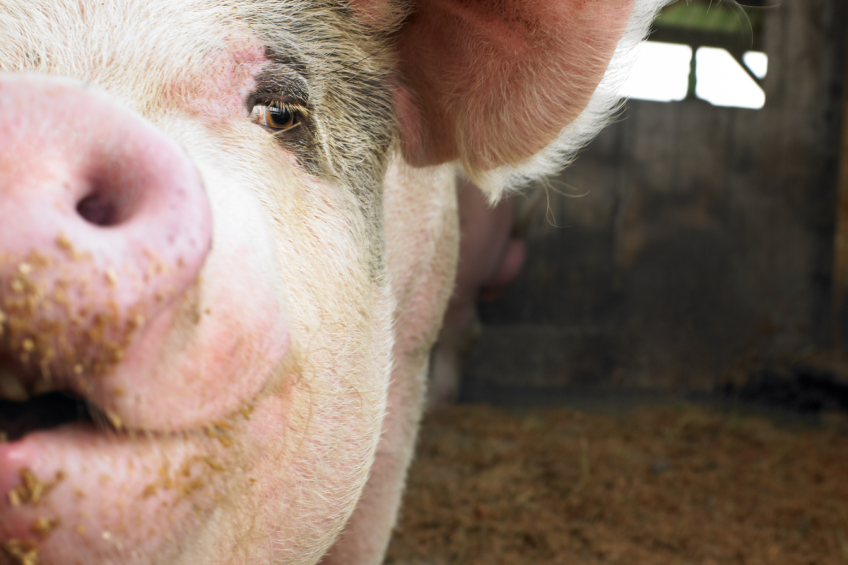NZ pig shooting study leads to questions

Controversy has arisen after New Zealand scientists shot a number pigs at close range with handguns to be able to track backspatter of blood.
The researchers are attached to New Zealand’s Institute of Environmental Science and Research (ESR), a government-supported body, as well as two public universities. Since pigs and humans are often said to be anatomically similar, 5 live pigs and several slaughtered pigs were shot in the head in order to understand more about human deaths by shooting in criminal cases.
Pigs shot with a handgun
Outcomes of the study made it to the International Journal of Legal Medicine and were published in July. In the article, ‘backspatter’ is described as ‘material which travels against the direction of fire following ejection from a gunshot entrance wound’.
Not only the backspatter was recorded, so were the bone and brain material spatter. The researchers used a high-speed camera to record the entrance wound formation and backspatter.
Animal welfarists questioning the pig shooting
The animal rights group People for the Ethical Treatment of Animals (PETA) questioned the development and wondered why no alternatives were used. This news was picked up by numerous media organisations around the world, including the British newspaper the Guardian.
Keith Bedford, the general manager responsible for forensic science activities at the institute, told the Guardian that the institute uses models and simulations wherever possible, but that in this particular experiment could not get the results it needed any other way.











